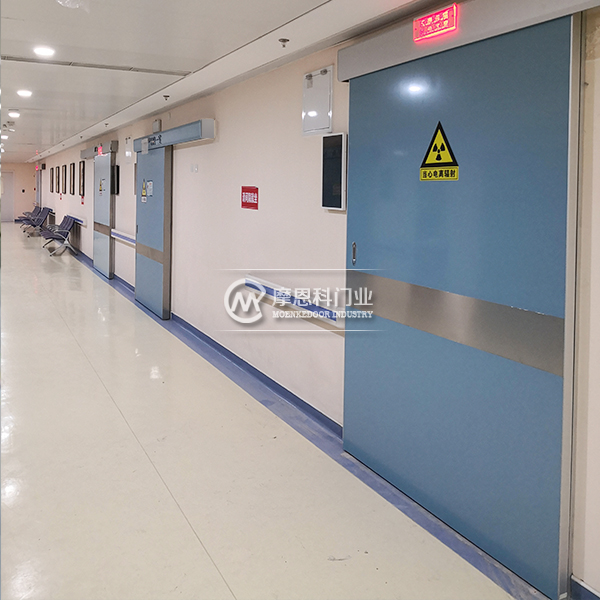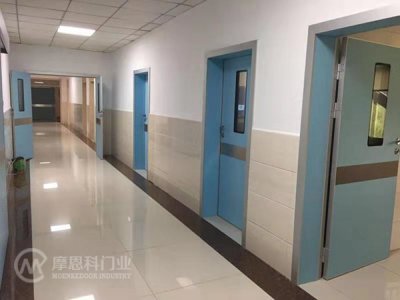
Characteristics and functions of medical protective doors
The characteristics and functions of medical protective doors refer to a special type of door used in medical institutions, whose design and material selection aim to provide additional protection and safety performance to protect the health and safety of medical staff, patients, and other personnel. Here are some features and functions of medical protective doors:
1. Isolation and protective functions: Medical protective doors are usually used in isolation wards, isolation rooms, or infection control areas to prevent the spread and transmission of infectious disease pathogens. These doors can block airborne particles and bacteria, reducing the risk of cross infection.
2. Material selection and sealing: The material selection of medical protective doors should take into account their characteristics such as easy cleaning, antibacterial, and corrosion-resistant properties. The structure and sealing performance of the door also need to be good to ensure effective isolation of air flow and reduce the transmission of noise and odors.
3. Automation and remote control functions: In order to facilitate the entry and exit of medical personnel and patients, medical protective doors usually have automation and remote control functions, such as infrared sensors, button switches, remote control, etc. This can avoid direct contact with door handles and reduce the risk of cross infection.
4. Transparent window: Medical protective doors are often equipped with transparent windows, allowing medical staff to observe the situation in the ward while ensuring good communication and monitoring.
5. Emergency unlocking system: In order to cope with emergency situations, medical protective doors are usually equipped with emergency unlocking systems, such as emergency buttons or power off automatic unlocking, to ensure that the door can be quickly opened when necessary and ensure the safety of personnel.
6. Compliance certification: The design and manufacturing of medical protective doors should comply with relevant regulations and standards, such as the "Technical Specifications for Hospital Infection Control" of the National Health Commission. These certifications and standards ensure that doors have corresponding protective and safety performance.

It should be noted that the selection and use of medical doors should complement other medical facilities and protective measures to build a comprehensive infection control system. In specific medical institutions, medical protective doors should be specially designed and evaluated according to needs and actual situations to ensure their value.













